Page 145 of 248

Important safety information on the side airbag
Correct use of the airbag system considerably reduces the risk of
injury! WARNING
● It is essential to always switch off ⇒ page 145 , Deactivating an airbag the
front passenger airbag when attaching a child safety seat on the front pas-
senger seat where the child is seated with its back facing in direction of travel
(in some countries also when the child is facing the direction of travel). If this
is not done, there is a risk of the child suffering severe or even fatal injuries if
the front passenger airbag is deployed. When transporting a child on the front
passenger seat, please comply with the appropriate national regulations re-
garding the use of child safety seats.
● Your head should never be positioned in the deployment area of the side
airbag. You might suffer severe injuries in the event of an accident. This ap-
plies in particular to children who are transported without using a suitable
child safety seat ⇒ page 149
, Child safety and side airbag.
● If children adopt an incorrect seated position when travelling, they may be
exposed to an increased risk of injury in the event of an accident. This can re-
sult in serious injuries ⇒ page 147
, What you should know about transporting
children!.
● There must not be any further persons, animals as well as objects posi-
tioned between the occupants and the deployment area of the airbag. No ac-
cessories, such as a can holder, should be attached to the doors.
● The airbag control unit operates together with the pressure sensors,
which are attached in the front doors. For this reason no adjustments must be
carried out at the doors as well as at the door panels (for example additional
installation of loudspeakers). Resulting damages can have a negative affect
on the operation of the airbag system. All work on the front doors and their
panels must only be carried out by a specialist garage. WARNING (Continued)
● In the event of a side collision, the side airbags will not function properly, if
the sensors cannot measure the increasing air pressure inside the doors, be-
cause the air can escape through large, non-sealed openings in the door pan-
el.
–Never drive with removed inner door panels.
– Never drive, if parts of the inner door panel have been removed and the
remaining openings have not been properly sealed.
– Never drive, if the loudspeakers in the doors have been removed, only if
the loudspeaker openings have been properly sealed.
– Always make sure that the openings are covered or filled, if additional
loudspeakers or other equipment parts are installed in the inner door pan-
els.
– Always work with an authorised ŠKODA Service Partner or have it car-
ried out by a competent specialist workshop.
● Only hang light items of clothing on the clothes hooks to the vehicle. Nev-
er leave any heavy or sharp-edged objects in the pockets of the items of cloth-
ing.
● Ensure that there are no excessive forces, such as violent knocks, kicks
etc., impact on the backrests of the seats otherwise the system may be dam-
aged. The side airbags would not be deployed in such a case!
● Any seat or protective covers which you fit to the driver or front passenger
seats must only be of the type expressly authorized by
ŠKODA. In view of the
fact that the airbag inflates out of the backrest of the seat, use of non-ap-
proved seat or protective covers would considerably impair the protective
function of the side airbag.
● Any damage to the original seat covers in the area of the side airbag mod-
ule must be repaired without delay by your specialist garage.
● The airbag modules in the front seats must not display any damage, cracks
or deep scratches. It is not permissible to use force in order to open the mod-
ules.
● Any work on the side airbag system including removing and installing sys-
tem components because of other repair work (e.g. removing seats) must only
be carried out by a specialist garage. 143
Airbag system Using the system Safety Driving Tips General Maintenance Breakdown assistance Technical data
Page 146 of 248
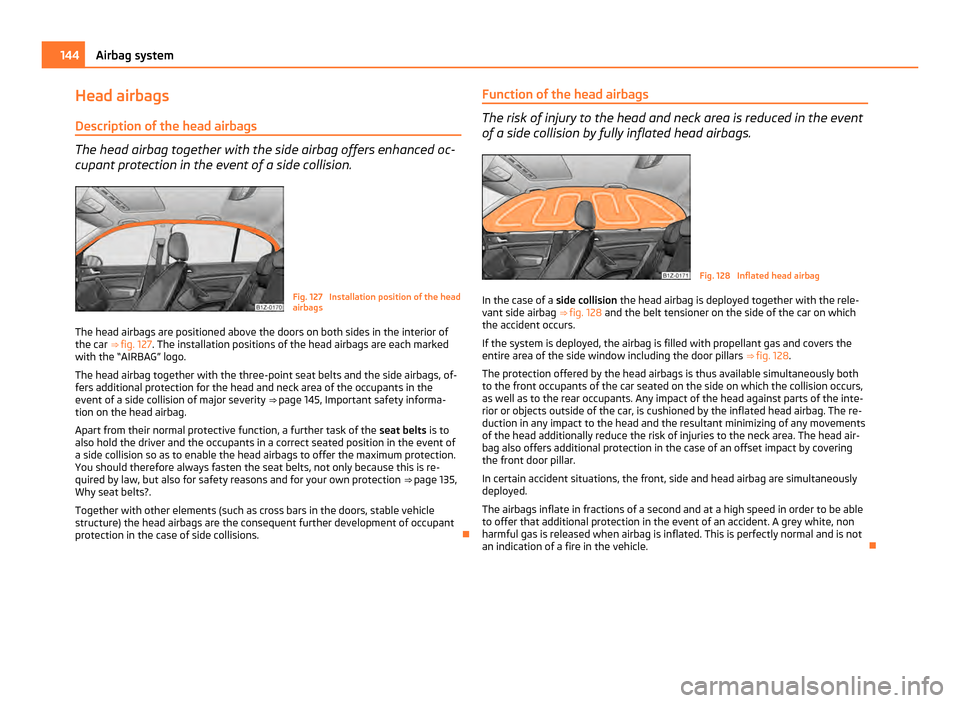
Head airbags
Description of the head airbags The head airbag together with the side airbag offers enhanced oc-
cupant protection in the event of a side collision. Fig. 127 Installation position of the head
airbags
The head airbags are positioned above the doors on both sides in the interior of
the car ⇒ fig. 127. The installation positions of the head airbags are each marked
with the
“AIRBAG” logo.
The head airbag together with the three-point seat belts and the side airbags, of-
fers additional protection for the head and neck area of the occupants in the
event of a side collision of major severity ⇒ page 145, Important safety informa-
tion on the head airbag.
Apart from their normal protective function, a further task of the seat belts is to
also hold the driver and the occupants in a correct seated position in the event of
a side collision so as to enable the head airbags to offer the maximum protection.
You should therefore always fasten the seat belts, not only because this is re-
quired by law, but also for safety reasons and for your own protection ⇒ page 135,
Why seat belts?.
Together with other elements (such as cross bars in the doors, stable vehicle
structure) the head airbags are the consequent further development of occupant
protection in the case of side collisions. Function of the head airbags The risk of injury to the head and neck area is reduced in the event
of a side collision by fully inflated head airbags. Fig. 128 Inflated head airbag
In the case of a side collision the head airbag is deployed together with the rele-
vant side airbag ⇒
fig. 128 and the belt tensioner on the side of the car on which
the accident occurs.
If the system is deployed, the airbag is filled with propellant gas and covers the
entire area of the side window including the door pillars ⇒ fig. 128 .
The protection offered by the head airbags is thus available simultaneously both
to the front occupants of the car seated on the side on which the collision occurs,
as well as to the rear occupants. Any impact of the head against parts of the inte-
rior or objects outside of the car, is cushioned by the inflated head airbag. The re-
duction in any impact to the head and the resultant minimizing of any movements
of the head additionally reduce the risk of injuries to the neck area. The head air-
bag also offers additional protection in the case of an offset impact by covering
the front door pillar.
In certain accident situations, the front, side and head airbag are simultaneously
deployed.
The airbags inflate in fractions of a second and at a high speed in order to be able
to offer that additional protection in the event of an accident. A grey white, non
harmful gas is released when airbag is inflated. This is perfectly normal and is not
an indication of a fire in the vehicle. 144
Airbag system
Page 147 of 248

Important safety information on the head airbag
Correct use of the airbag system considerably reduces the risk of
injury! WARNING
● It is essential to always switch off ⇒ page 145 , Deactivating an airbag the
front passenger airbag when attaching a child safety seat on the front pas-
senger seat where the child is seated with its back facing in direction of travel
(in some countries also when the child is facing the direction of travel). If this
is not done, there is a risk of the child suffering severe or even fatal injuries if
the front passenger airbag is deployed. When transporting a child on the front
passenger seat, please comply with the appropriate national regulations re-
garding the use of child safety seats.
● There must not be any objects in the deployment area of the head airbags
which might prevent the airbags from inflating properly.
● Only hang light items of clothing on the clothes hooks to the vehicle. Nev-
er leave any heavy or sharp-edged objects in the pockets of the items of cloth-
ing. In addition, it is not permitted to use clothes hangers for hanging up
items of clothing.
● The airbag control unit operates together with the sensors, which are at-
tached in the front doors. For this reason no adjustments must be carried out
at the doors as well as at the door panels (for example additional installation
of loudspeakers). Resulting damages can have a negative affect on the opera-
tion of the airbag system. All work on the front doors and their panels must
only be carried out by a specialist garage.
● There must not be any other persons (e.g. children) or animals between
the car occupant and the deployment area of the head airbag. In addition,
none of the occupants should lean their head out of the window when driving,
or extend their arms and hands out of the window.
● The sun visors must not be swivelled to the side windows into the deploy-
ment area of the head airbags if any objects, such as ball-point pens etc. are
attached to them. This might result in injuries to the occupants if the head air-
bag is deployed.
● Installing impermissible accessories in the area of the head airbags may
considerably impair the protection offered by the head airbag in the event of it
being deployed. When the deployed head airbag is inflated, parts of the acces- WARNING (Continued)
sories fitted may in certain circumstances be thrown into the interior of the
car and cause injuries to the occupants ⇒
page 197, Accessories, changes and
replacement of parts.
● Any work on the head airbag system including installing and removing sys-
tem components because of other repair work (e.g. removing headliner) must
only be carried out by a specialist garage.
Deactivating an airbag Deactivating airbags If any airbags have been deactivated, switch them on again as
soon as possible so that they are able to again provide their proper
protection.
There is the technical means installed within your vehicle to switch off the front,
side or head airbag (take out of commission).
This is why you should have the deactivation of the airbags carried out by a spe-
cialist garage.
On vehicles equipped with the switch for deactivation of the airbags, you can de-
activate the front passenger airbag by means of this switch ⇒
page 146.
Deactivation of airbags is envisaged only for particular instances, such as if:
● You must in exceptional cases use a child seat on the front passenger seat
where the child is seated with its back to the direction of travel (in some countries
this must be in the direction of travel due to other legal regulations applying)
⇒ page 147,
Important safety information regarding the use of child safety seats ;
● you are not able to maintain the distance of at least 25 cm between middle of
steering wheel and chest, despite the driver seat being correctly adjusted;
● special attachments are required in the area of the steering wheel because of
a physical disability;
● you have installed other seats (e.g. orthopaedic seats without side airbags).
Monitoring the airbag system
The functionality of the airbag system is also monitored electronically when one
airbag has been switched off. £ 145
Airbag system Using the system Safety Driving Tips General Maintenance Breakdown assistance Technical data
Page 148 of 248

If the airbag was switched off using diagnostic equipment:
●
The warning light for the airbag system lights up for 4 seconds after switching
on the ignition and then flashes for 12 seconds afterwards in 2 second intervals.
The following situation applies if the airbag has been switched off using the
switch for the airbag in the storage compartment:
● the airbag indicator light in the instrument cluster comes on for about 4 sec-
onds each time the ignition is switched on,
● if the airbags are switched off, this is indicated in the middle of the dash panel
by the lighting up of the indicator light
⇒ fig. 129 - right. Note
Your authorised ŠKODA Service Partner will be able to advise you whether nation-
al legislation in your country allows airbags in your vehicle to be deactivated, and
which ones.
Switch for the front passenger airbag Fig. 129 Storage compartment: Switch for the front passenger airbag/indicator light for a
switched off front seat passenger airbag
Only the front passenger airbag is deactivated with the switch.
Deactivating an airbag
– Switch off the ignition.
– Turn the slot of the airbag switch using the key in the position 2 (
OFF)
⇒ fig. 129 .
– Check whether the indicator light
in the middle of the dash panel
lights up when the ignition is switched on ⇒ fig. 129 - right. Switching on an airbag
–
Switch off the ignition.
– Turn the slot of the airbag switch using the key in the position 1 (
ON)
⇒ fig. 129 .
– Check whether the airbag indicator light
in the middle of the dash
panel lights up when the ignition is switched on ⇒ fig. 129 - right.
The airbag should only be switched off under exceptional circumstances
⇒ page 145.
Indicator light (airbag switched off)
The airbag indicator light is located in the middle of the dash panel ⇒ fig. 129 -
right.
If the front passenger airbag is switched off, the warning light comes on about 4
seconds after the ignition is switched on.
There is a system fault present in the airbag switch off ⇒ if the indicator light
flashes. Please have the car inspected immediately by a specialist garage. WARNING
● The driver is responsible for whether the airbag is switched on or switched
off.
● Only switch off the airbag when the ignition is switched off! Otherwise a
fault can occur in the system for the airbag deactivation.
● If the warning light
(airbag switched off) flashes:
– Front passenger airbag is not deployed in the event of an accident!
– It is also important to have the system inspected without delay by a
specialist garage. 146
Airbag system
Page 149 of 248

Transporting children safely
What you should know about transporting children! An introduction to the subject Accident statistics have revealed that children are generally more
safely transported on the rear seats than on the front passenger
seat.
Children who are less than 1.50 m in height and who weigh less than 36 kg should,
under normal circumstances, sit on the rear seat (take note of any national legal
provisions which differ from this). They should be secured there by means of a
child restraint system or by using the existing seat belts depending on their body
size and weight. The child seat should be mounted behind the front passenger
seat for safety reasons.
The physical principle of an accident does, of course, also apply to children
⇒
page 135, The physical principle of a frontal collision. They differ from adults in
that their muscles and bone structure of children are not yet fully developed. Thus
children are exposed to increased risk of injury.
Children should be transported by using special child safety seats in order to re-
duce this risk of injury.
Only use child safety seats which are officially approved, suitable for children and
which comply with the standard ECE-R 44, which classifies child safety seats into
5 groups ⇒ page 149, Classification of child seats into groups. Child restraint sys-
tems which have been tested for conformity to ECE-R 44 standard have a non-de-
tachable test seal (a large E within a circle and below this the test number) attach-
ed to the seat.
We recommend that you use child safety seats from the ŠKODA Original Accesso-
ries range. These child seats were developed and also tested for use in ŠKODA
vehicles. They fulfil the ECE-R 44 standard. WARNING
Always comply with national legal provisions and instructions from the rele-
vant child safety seat manufacturer when installing and using a child seat
⇒
page 147. Note
National legal provisions, which deviate from the information contained in these
operating instructions, take precedence over the information contained in the op-
erating instructions.
Important safety information regarding the use of child safety
seats Correct use of child safety seats considerably reduces the risk of in-
jury!
WARNING
● All the occupants of the car - in particular children - must wear a seat belt
when the car is moving.
● Children who are less than 1.50 m in height and who weigh less than 36 kg
must not use a normal seat belt without a child restraint system, otherwise
this may result in injuries to the stomach and neck areas. Comply with the na-
tional legal requirements.
● One should never carry children, and also not babies! - on one's lap.
● You can transport a child safely in a suitable child safety seat ⇒
page 149,
Child seat!
● Only one child may be fastened with a seat belt into a child safety seat.
● Never leave the child sitting unattended in the seat.
● Certain outside climatic conditions can cause life-threatening tempera-
tures in the vehicle.
● Never allow your child to be transported in a vehicle without the use of a
suitable restraint system.
● Children should also never stand up in a vehicle or kneel on the seats
when the vehicle is moving. In the event of an accident the child will be
thrown through the vehicle and may as a result suffer fatal injuries, and also
injure other occupants. £ 147
Transporting children safely Using the system Safety Driving Tips General Maintenance Breakdown assistance Technical data
Page 150 of 248
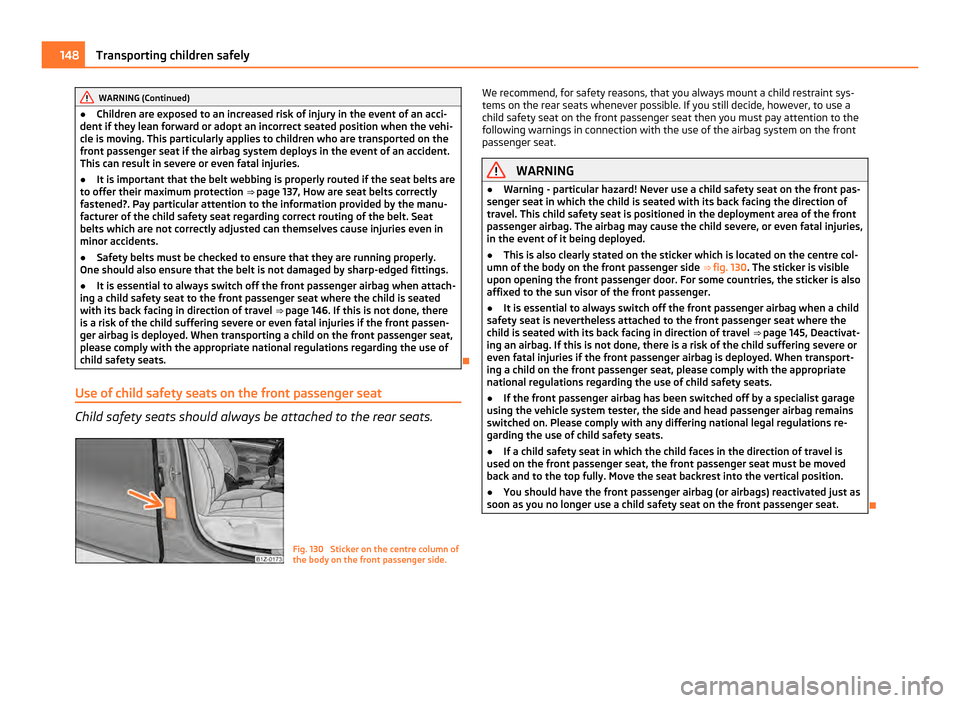
WARNING (Continued)
● Children are exposed to an increased risk of injury in the event of an acci-
dent if they lean forward or adopt an incorrect seated position when the vehi-
cle is moving. This particularly applies to children who are transported on the
front passenger seat if the airbag system deploys in the event of an accident.
This can result in severe or even fatal injuries.
● It is important that the belt webbing is properly routed if the seat belts are
to offer their maximum protection ⇒
page 137, How are seat belts correctly
fastened?. Pay particular attention to the information provided by the manu-
facturer of the child safety seat regarding correct routing of the belt. Seat
belts which are not correctly adjusted can themselves cause injuries even in
minor accidents.
● Safety belts must be checked to ensure that they are running properly.
One should also ensure that the belt is not damaged by sharp-edged fittings.
● It is essential to always switch off the front passenger airbag when attach-
ing a child safety seat to the front passenger seat where the child is seated
with its back facing in direction of travel ⇒ page 146
. If this is not done, there
is a risk of the child suffering severe or even fatal injuries if the front passen-
ger airbag is deployed. When transporting a child on the front passenger seat,
please comply with the appropriate national regulations regarding the use of
child safety seats.
Use of child safety seats on the front passenger seat Child safety seats should always be attached to the rear seats.
Fig. 130 Sticker on the centre column of
the body on the front passenger side. We recommend, for safety reasons, that you always mount a child restraint sys-
tems on the rear seats whenever possible. If you still decide, however, to use a
child safety seat on the front passenger seat then you must pay attention to the
following warnings in connection with the use of the airbag system on the front
passenger seat. WARNING
● Warning - particular hazard! Never use a child safety seat on the front pas-
senger seat in which the child is seated with its back facing the direction of
travel. This child safety seat is positioned in the deployment area of the front
passenger airbag. The airbag may cause the child severe, or even fatal injuries,
in the event of it being deployed.
● This is also clearly stated on the sticker which is located on the centre col-
umn of the body on the front passenger side ⇒ fig. 130. The sticker is visible
upon opening the front passenger door. For some countries, the sticker is also
affixed to the sun visor of the front passenger.
● It is essential to always switch off the front passenger airbag when a child
safety seat is nevertheless attached to the front passenger seat where the
child is seated with its back facing in direction of travel ⇒
page 145, Deactivat-
ing an airbag. If this is not done, there is a risk of the child suffering severe or
even fatal injuries if the front passenger airbag is deployed. When transport-
ing a child on the front passenger seat, please comply with the appropriate
national regulations regarding the use of child safety seats.
● If the front passenger airbag has been switched off by a specialist garage
using the vehicle system tester, the side and head passenger airbag remains
switched on. Please comply with any differing national legal regulations re-
garding the use of child safety seats.
● If a child safety seat in which the child faces in the direction of travel is
used on the front passenger seat, the front passenger seat must be moved
back and to the top fully. Move the seat backrest into the vertical position.
● You should have the front passenger airbag (or airbags) reactivated just as
soon as you no longer use a child safety seat on the front passenger seat. 148
Transporting children safely
Page 151 of 248

Child safety and side airbag
Children must never be seated in the deployment area of the side
airbags and head airbags.
Fig. 131 Seated position of an unprotected child at risk from side airbag/Child properly pro-
tected by safety seat
In the event of a side collision, the side airbags offer the vehicle occupants en-
hanced protection.
The side airbags are inflated in fractions of a second in order to be able to provide
this protection ⇒
page 142, Function of the side airbags.
The airbag develops such a strong force that an occupant who has not adopted an
upright seated position may suffer injuries from the airbag or as a result of objects
which are located within the deployment area of the side airbag.
This applies particularly to children if they are not transported in accordance
with legal requirements.
The child is protected when seated in a child safety seat matching its age. Ade-
quate room is available between the child and the deployment area of the side
airbag and head airbag. The airbag offers optimal protection. WARNING
● It is essential to always switch off ⇒ page 145
the front passenger airbag
when attaching a child safety seat on the front passenger seat where the
child is seated with its back facing in direction of travel (in some countries also
when the child is facing the direction of travel). If this is not done, there is a
risk of the child suffering severe or even fatal injuries if the front passenger
airbag is deployed. When transporting a child on the front passenger seat,
please comply with the appropriate national regulations regarding the use of
child safety seats.
● When transporting a child on the front passenger seat, please comply with
the appropriate national regulations regarding the use of child safety seats.
● Children must never be seated with their head in the deployment area of
the side airbag - risk of injury!
● Do not place any objects within the deployment area of the side airbag -
risk of injury!
Child seat Classification of child seats into groups Only child safety seats which have an official approval and are suit-
able for the child, may be used.
ECE-R 44 standard applies to child safety seats. ECE-R means: Economic Commis-
sion for Europe - Regulation.
Child safety seats which have been tested for conformity to ECE-R 44 standard
have a non-detachable test seal (a large E within a circle and below this the test
number) attached to the seat.
Child safety seats are classified in 5 groups: Group Weight
0 0 - 10 kg ⇒ page 150
0+ up to 13 kg ⇒ page 150
1 9 - 18 kg ⇒ page 150
2 15 - 25 kg ⇒
page 151 3 22 - 36 kg ⇒
page 151 £ 149
Transporting children safely Using the system Safety Driving Tips General Maintenance Breakdown assistance Technical data
Page 152 of 248
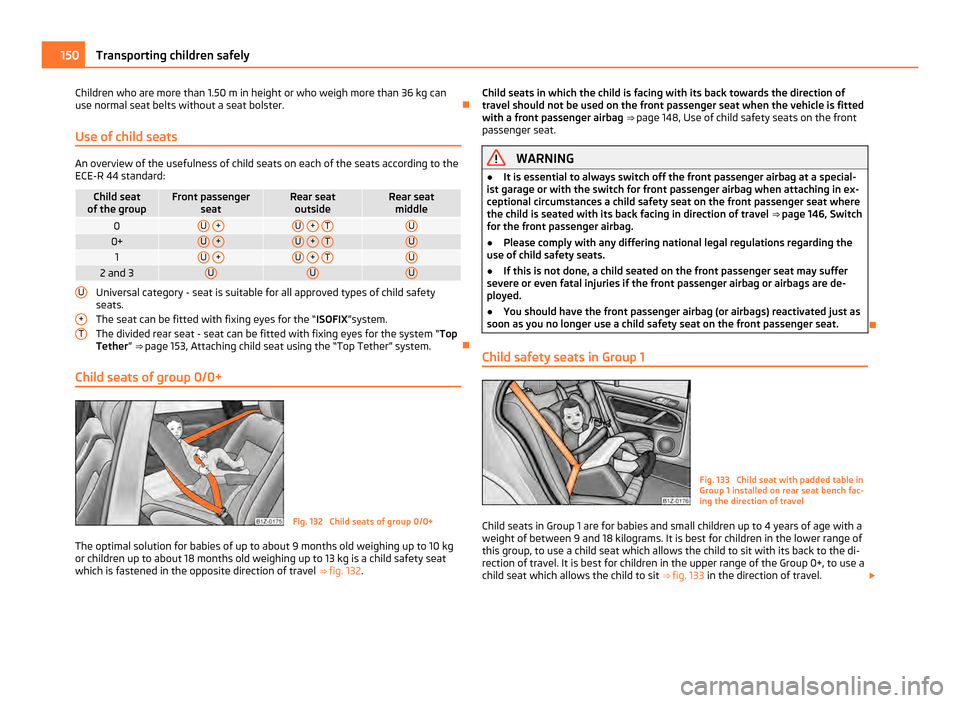
Children who are more than 1.50 m in height or who weigh more than 36 kg can
use normal seat belts without a seat bolster.
Use of child seats An overview of the usefulness of child seats on each of the seats according to the
ECE-R 44 standard: Child seat
of the group Front passenger
seat Rear seat
outside Rear seat
middle 0 U
+ U
+
T U
0+ U
+ U
+
T U
1 U
+ U
+
T U
2 and 3 U U U
Universal category - seat is suitable for all approved types of child safety
seats.
The seat can be fitted with fixing eyes for the
“ISOFIX ”system.
The divided rear seat - seat can be fitted with fixing eyes for the system “ Top
Tether” ⇒ page 153, Attaching child seat using the “Top Tether” system.
Child seats of group 0/0+ Fig. 132 Child seats of group 0/0+
The optimal solution for babies of up to about 9 months old weighing up to 10 kg
or children up to about 18 months old weighing up to 13 kg is a child safety seat
which is fastened in the opposite direction of travel ⇒
fig. 132.
U +
T Child seats in which the child is facing with its back towards the direction of
travel should not be used on the front passenger seat when the vehicle is fitted
with a front passenger airbag
⇒
page 148, Use of child safety seats on the front
passenger seat. WARNING
● It is essential to always switch off the front passenger airbag at a special-
ist garage or with the switch for front passenger airbag when attaching in ex-
ceptional circumstances a child safety seat on the front passenger seat where
the child is seated with its back facing in direction of travel ⇒
page 146, Switch
for the front passenger airbag.
● Please comply with any differing national legal regulations regarding the
use of child safety seats.
● If this is not done, a child seated on the front passenger seat may suffer
severe or even fatal injuries if the front passenger airbag or airbags are de-
ployed.
● You should have the front passenger airbag (or airbags) reactivated just as
soon as you no longer use a child safety seat on the front passenger seat.
Child safety seats in Group 1 Fig. 133 Child seat with padded table in
Group 1 installed on rear seat bench fac-
ing the direction of travel
Child seats in Group 1 are for babies and small children up to 4 years of age with a
weight of between 9 and 18 kilograms. It is best for children in the lower range of
this group, to use a child seat which allows the child to sit with its back to the di-
rection of travel. It is best for children in the upper range of the Group 0+, to use a
child seat which allows the child to sit ⇒ fig. 133 in the direction of travel. £150
Transporting children safely
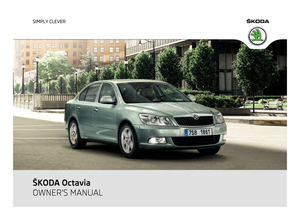 1
1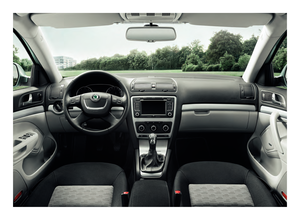 2
2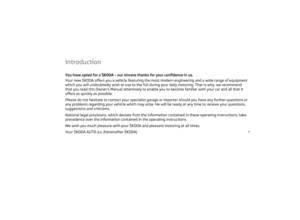 3
3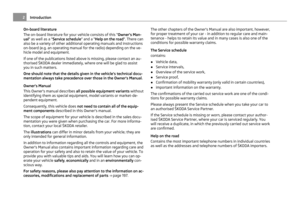 4
4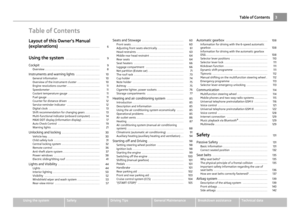 5
5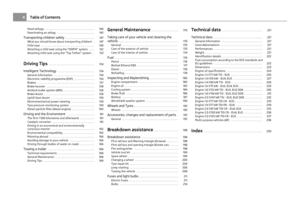 6
6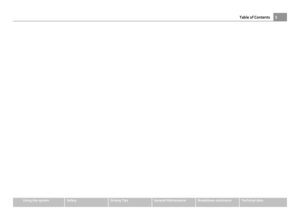 7
7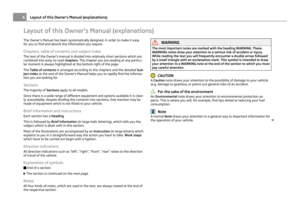 8
8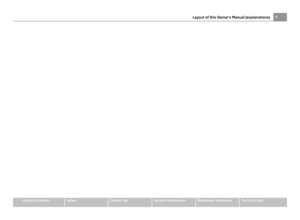 9
9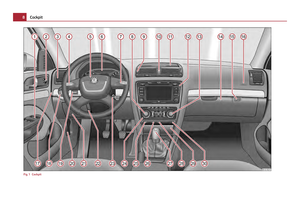 10
10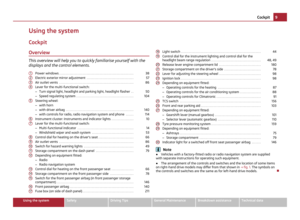 11
11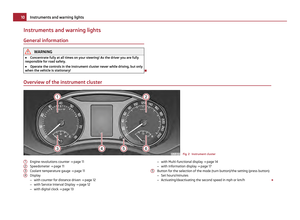 12
12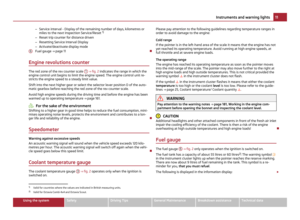 13
13 14
14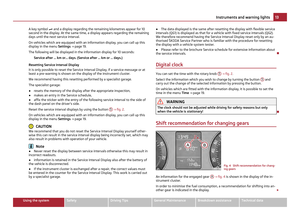 15
15 16
16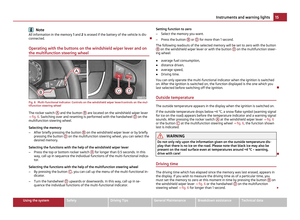 17
17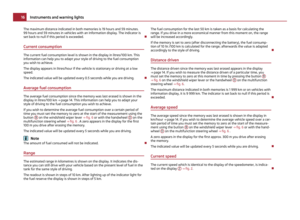 18
18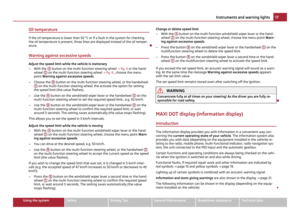 19
19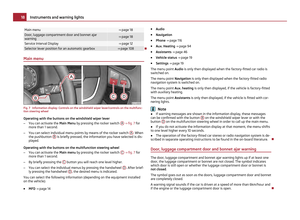 20
20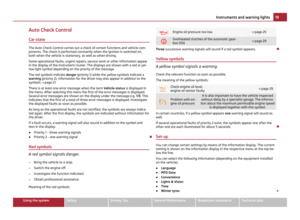 21
21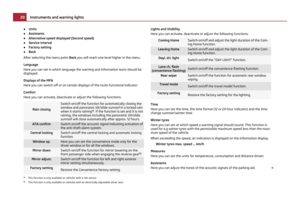 22
22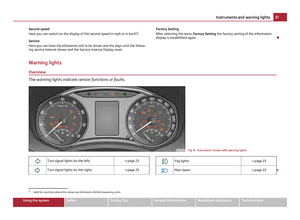 23
23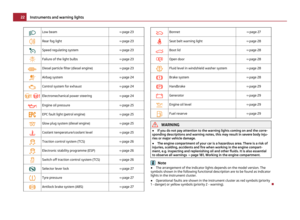 24
24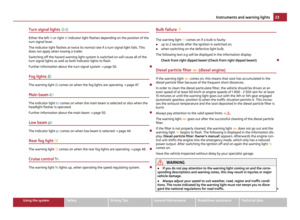 25
25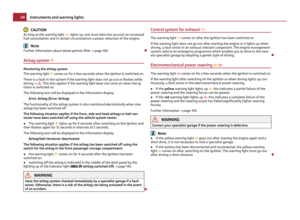 26
26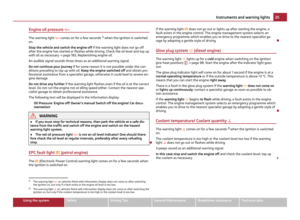 27
27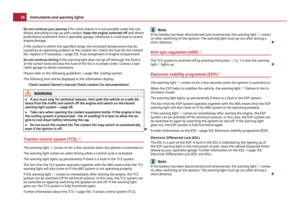 28
28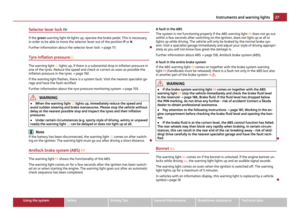 29
29 30
30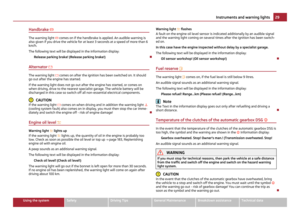 31
31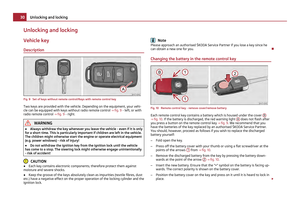 32
32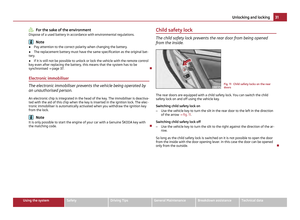 33
33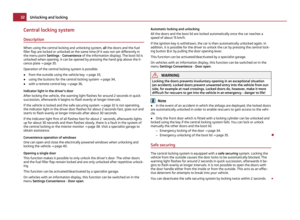 34
34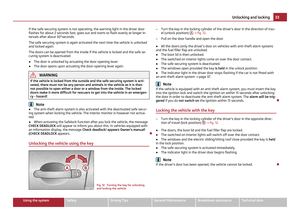 35
35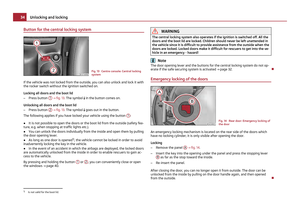 36
36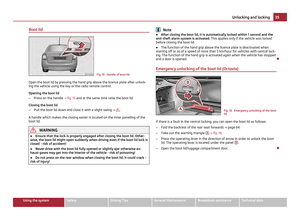 37
37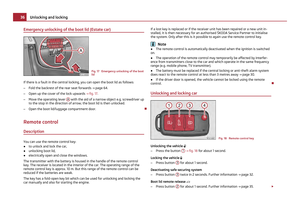 38
38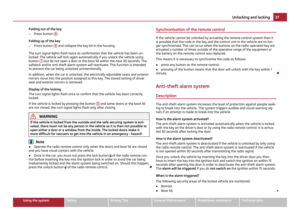 39
39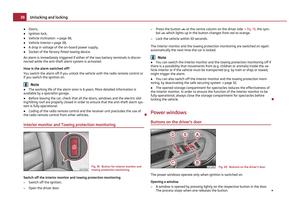 40
40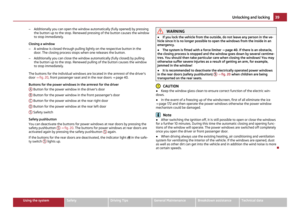 41
41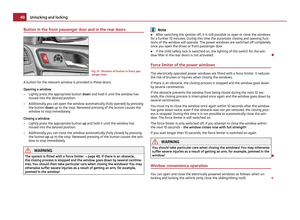 42
42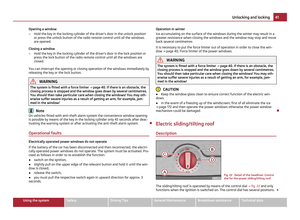 43
43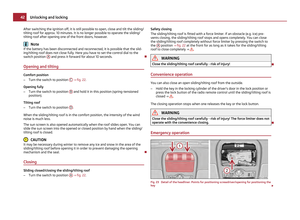 44
44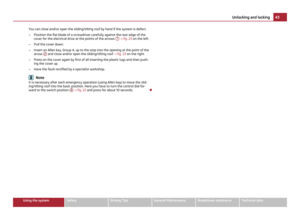 45
45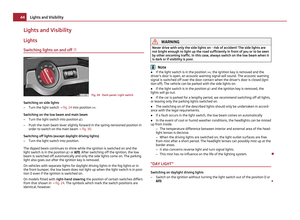 46
46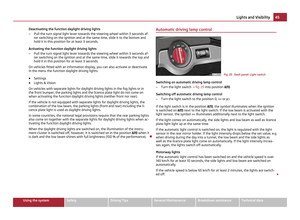 47
47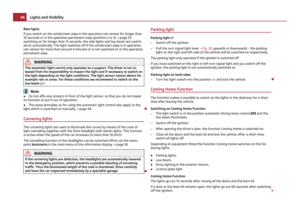 48
48 49
49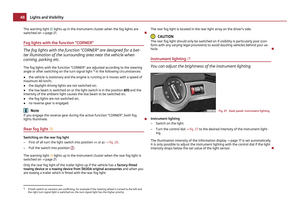 50
50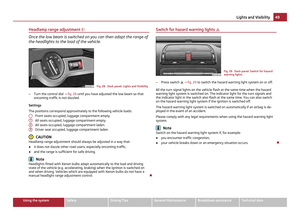 51
51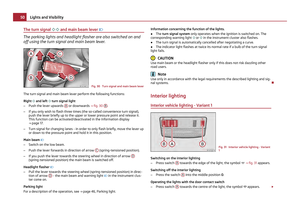 52
52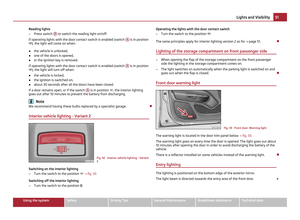 53
53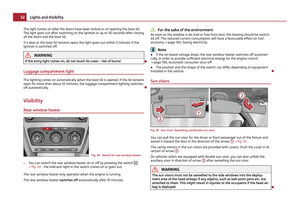 54
54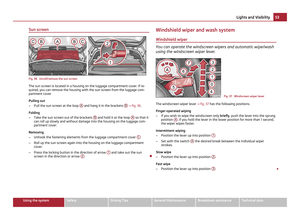 55
55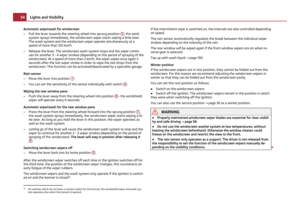 56
56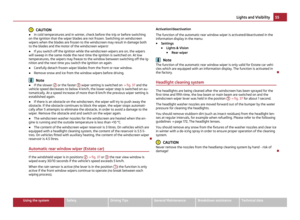 57
57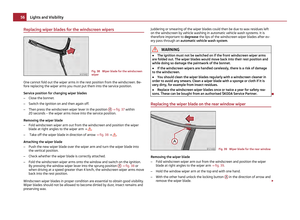 58
58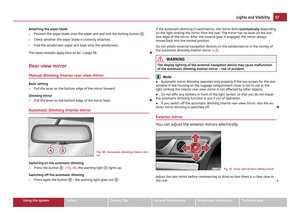 59
59 60
60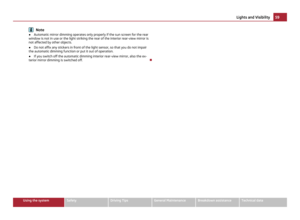 61
61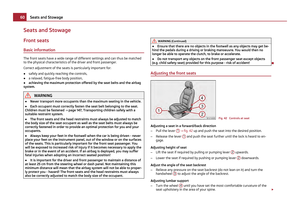 62
62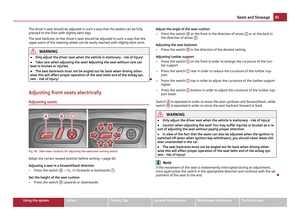 63
63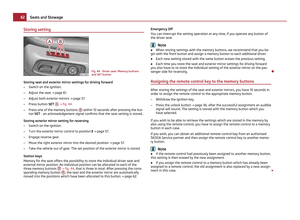 64
64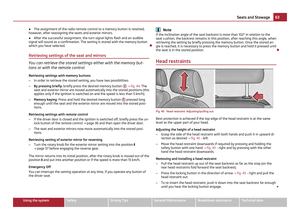 65
65 66
66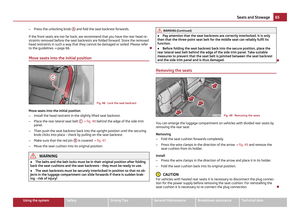 67
67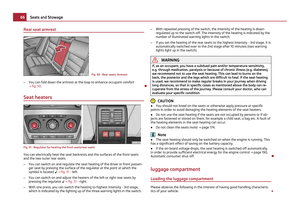 68
68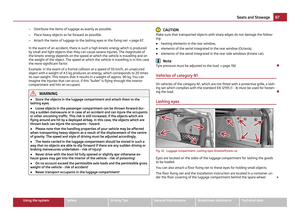 69
69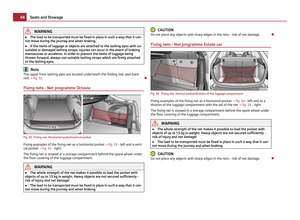 70
70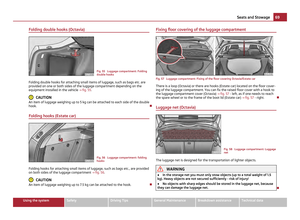 71
71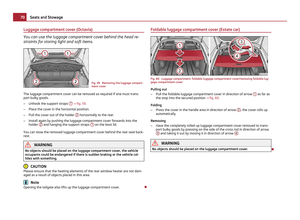 72
72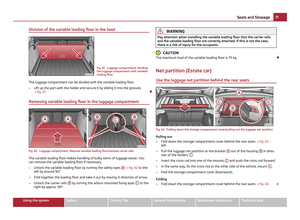 73
73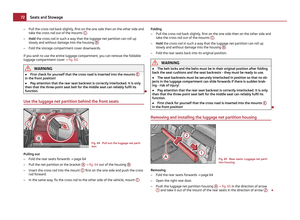 74
74 75
75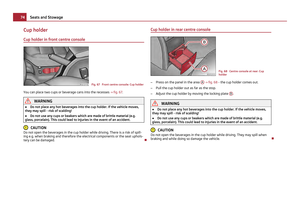 76
76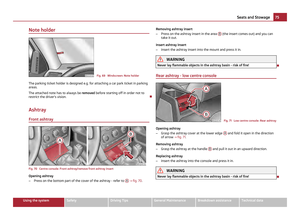 77
77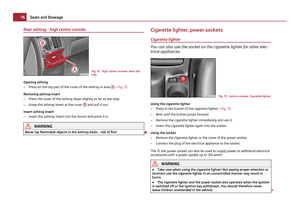 78
78 79
79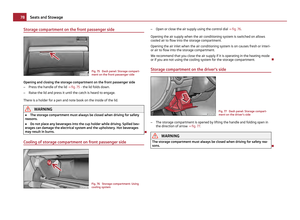 80
80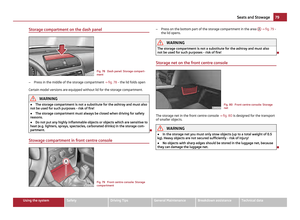 81
81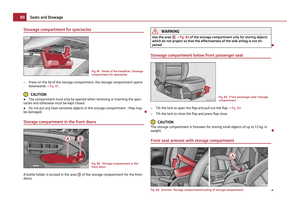 82
82 83
83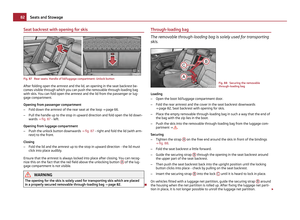 84
84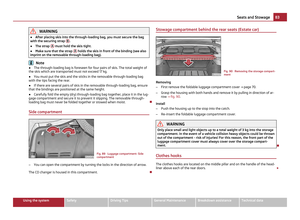 85
85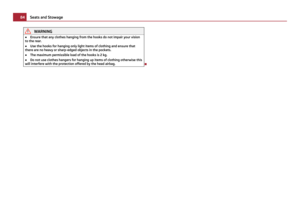 86
86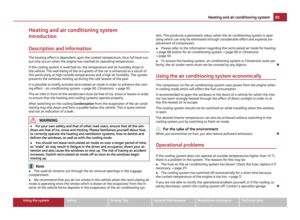 87
87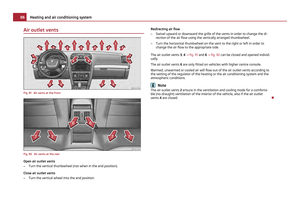 88
88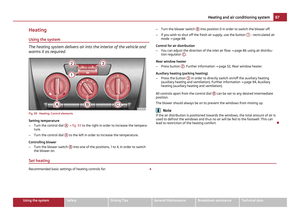 89
89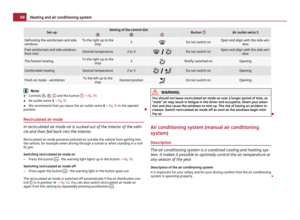 90
90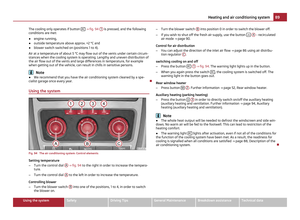 91
91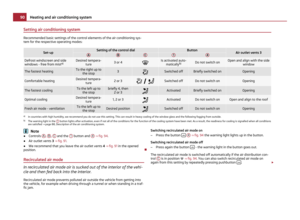 92
92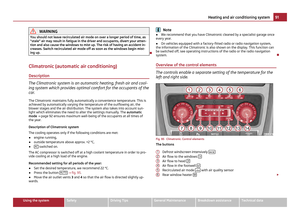 93
93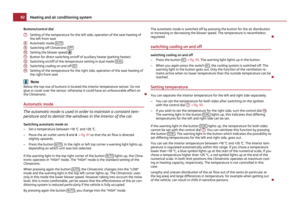 94
94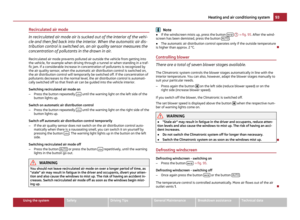 95
95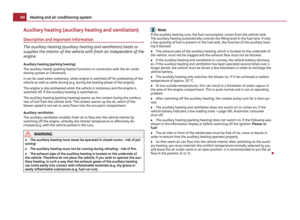 96
96 97
97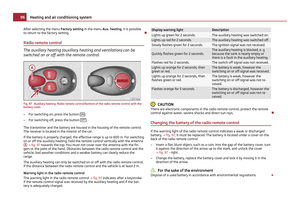 98
98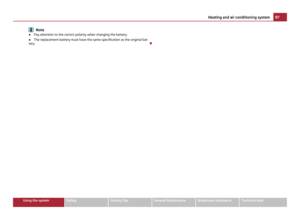 99
99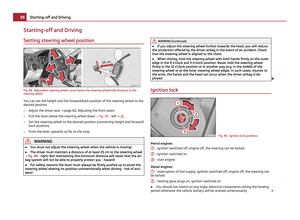 100
100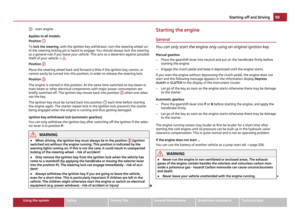 101
101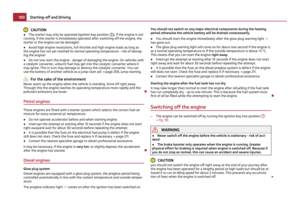 102
102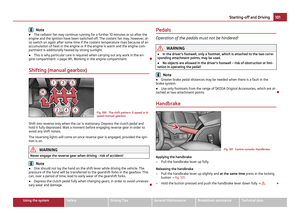 103
103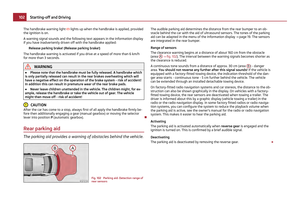 104
104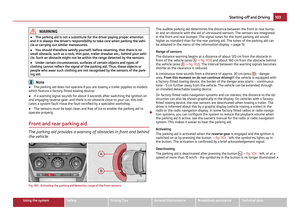 105
105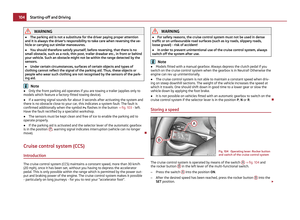 106
106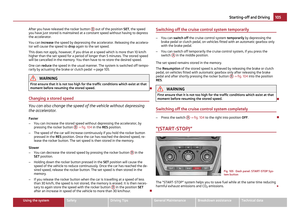 107
107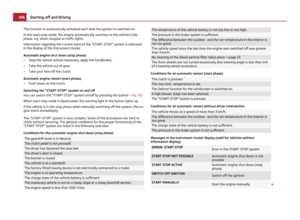 108
108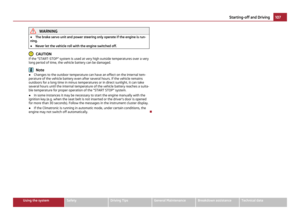 109
109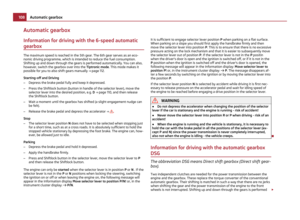 110
110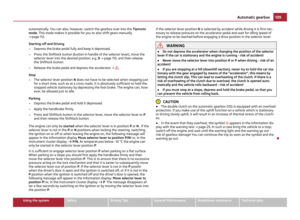 111
111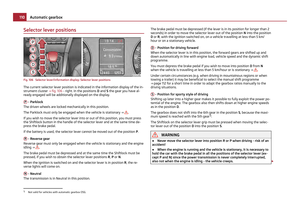 112
112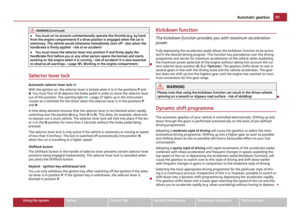 113
113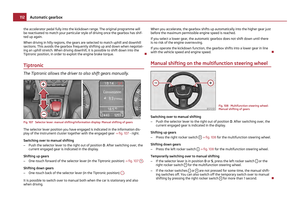 114
114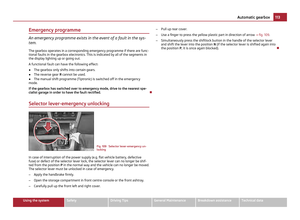 115
115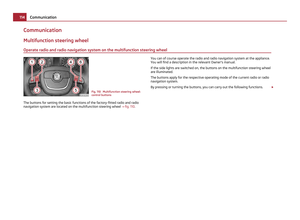 116
116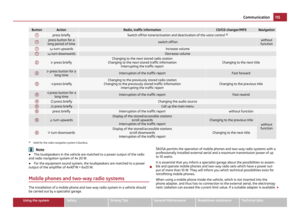 117
117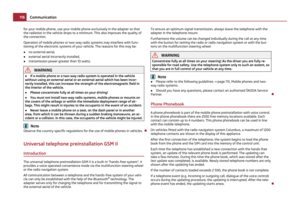 118
118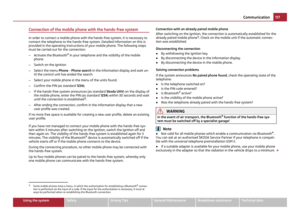 119
119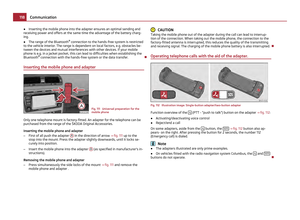 120
120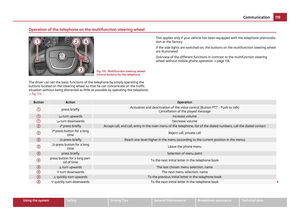 121
121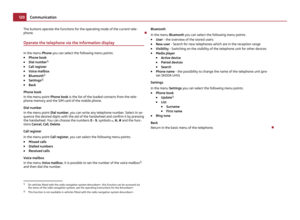 122
122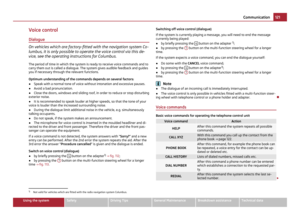 123
123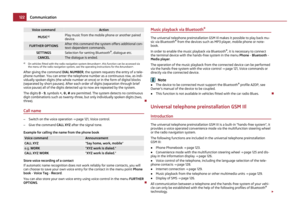 124
124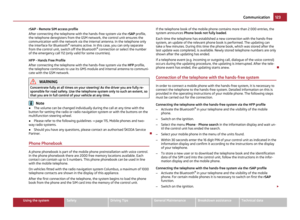 125
125 126
126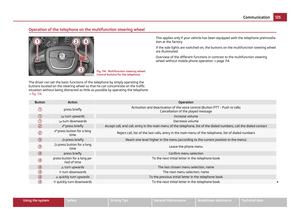 127
127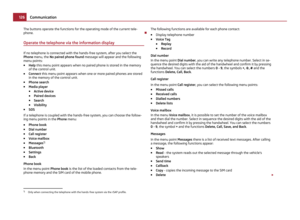 128
128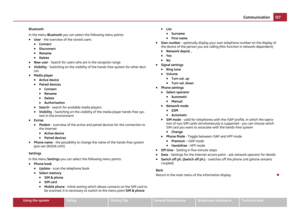 129
129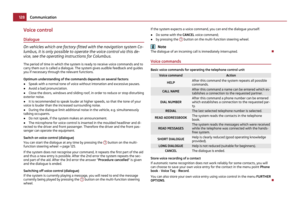 130
130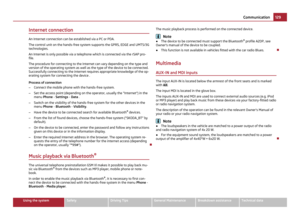 131
131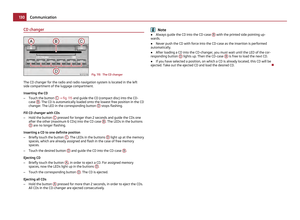 132
132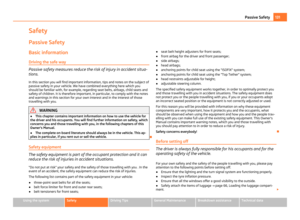 133
133 134
134 135
135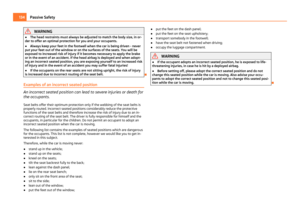 136
136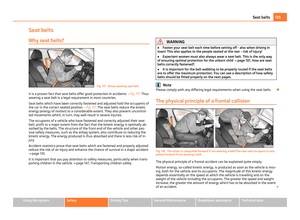 137
137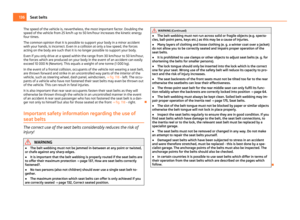 138
138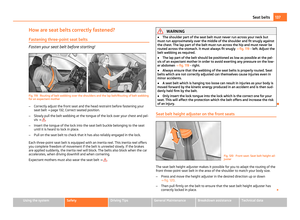 139
139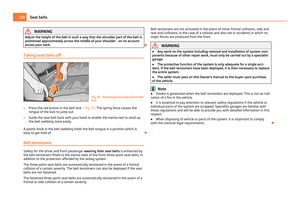 140
140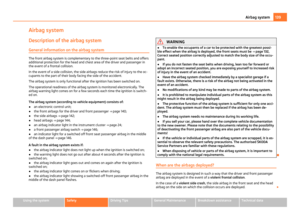 141
141 142
142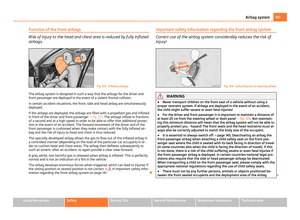 143
143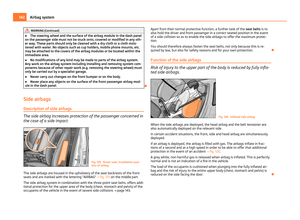 144
144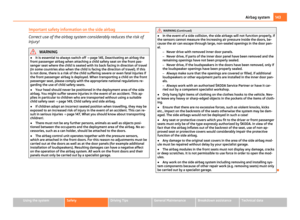 145
145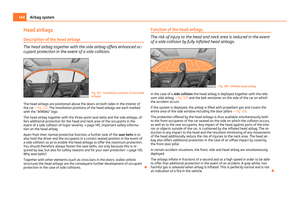 146
146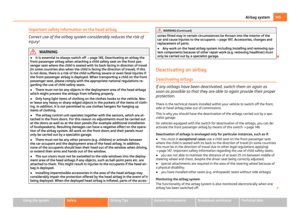 147
147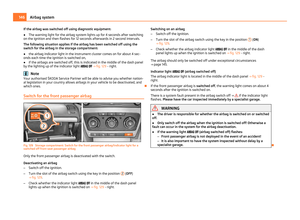 148
148 149
149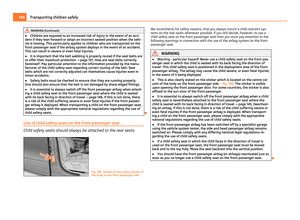 150
150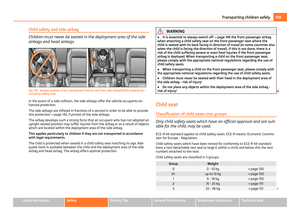 151
151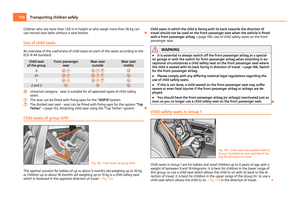 152
152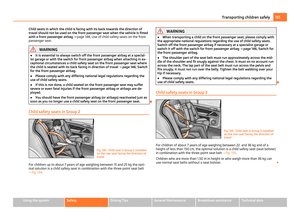 153
153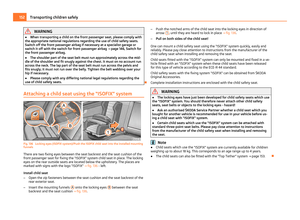 154
154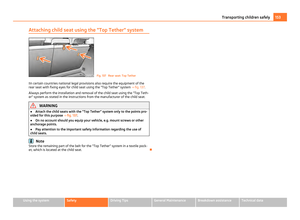 155
155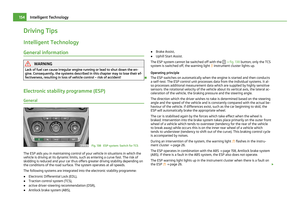 156
156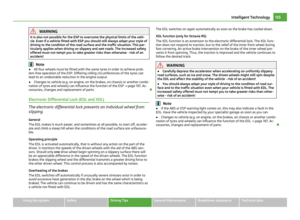 157
157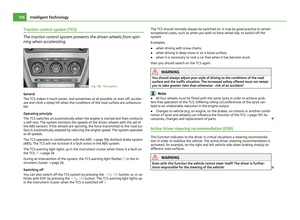 158
158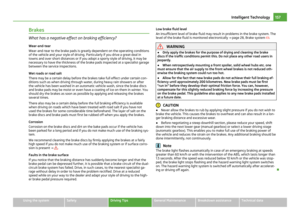 159
159 160
160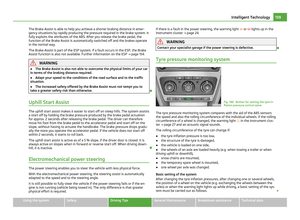 161
161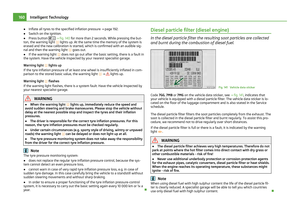 162
162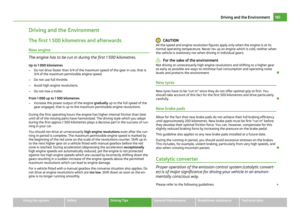 163
163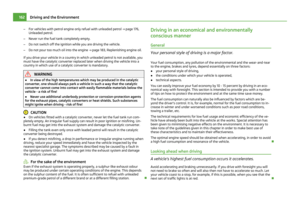 164
164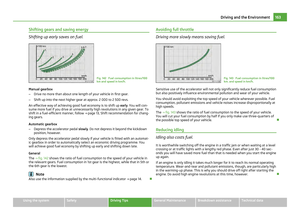 165
165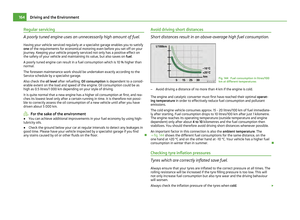 166
166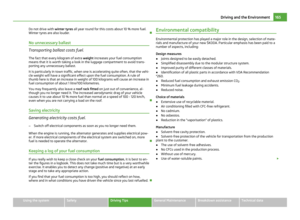 167
167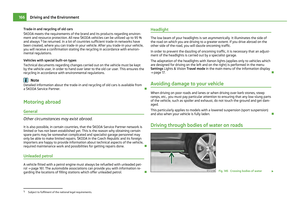 168
168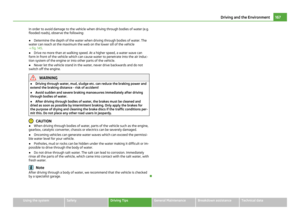 169
169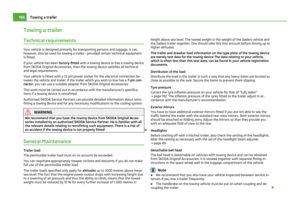 170
170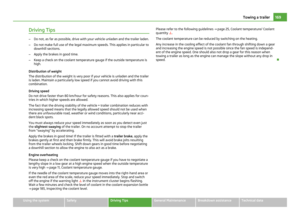 171
171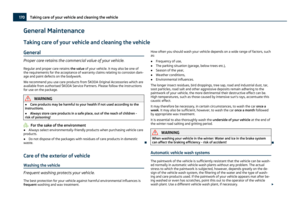 172
172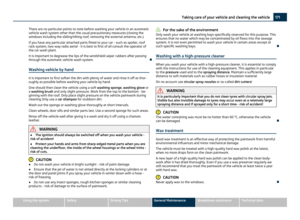 173
173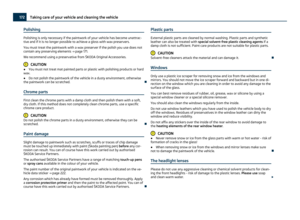 174
174 175
175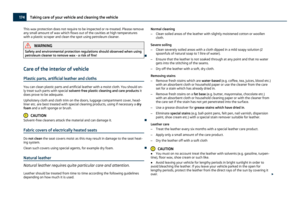 176
176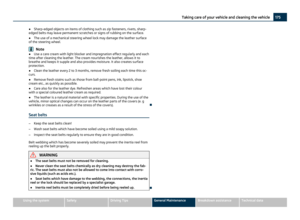 177
177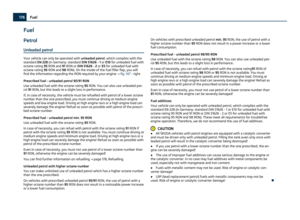 178
178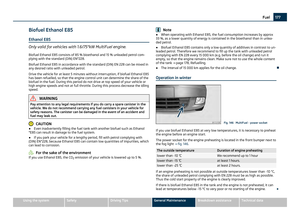 179
179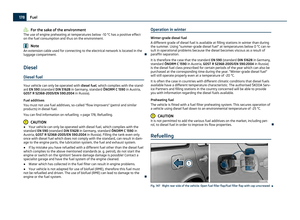 180
180 181
181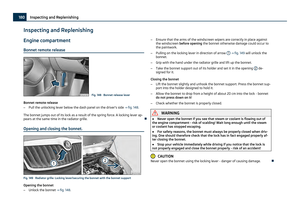 182
182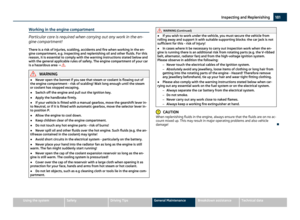 183
183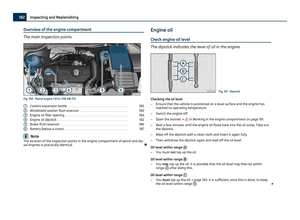 184
184 185
185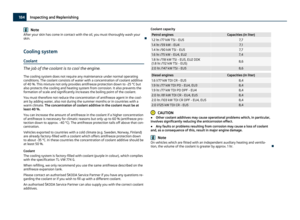 186
186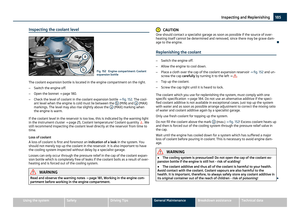 187
187 188
188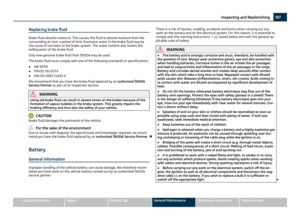 189
189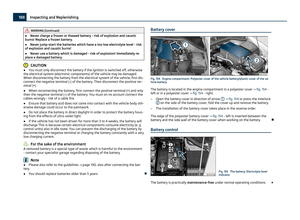 190
190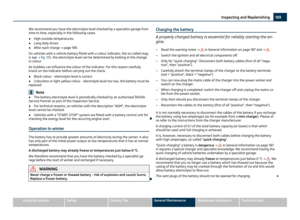 191
191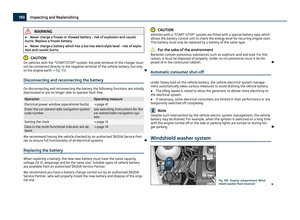 192
192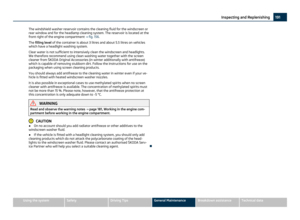 193
193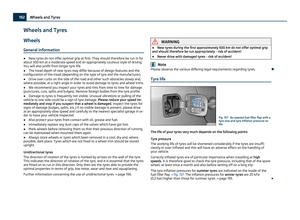 194
194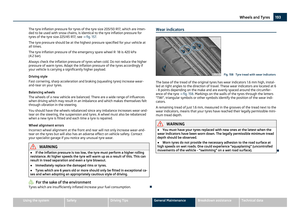 195
195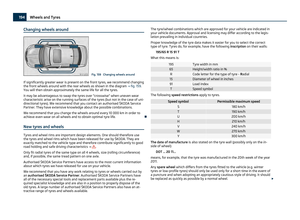 196
196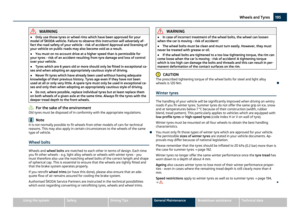 197
197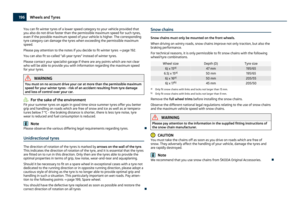 198
198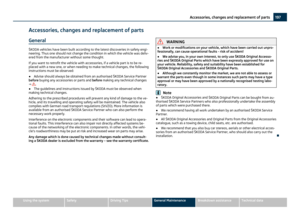 199
199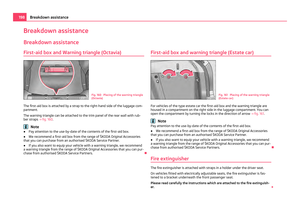 200
200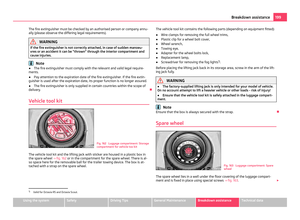 201
201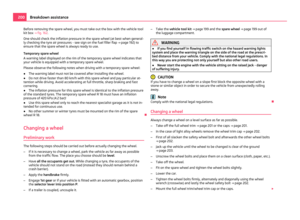 202
202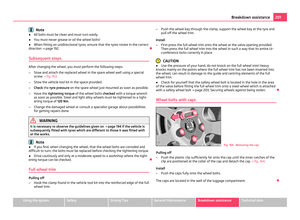 203
203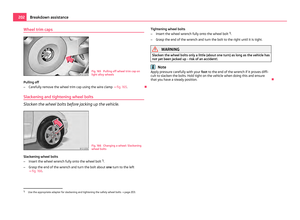 204
204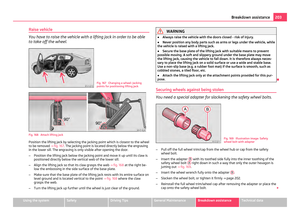 205
205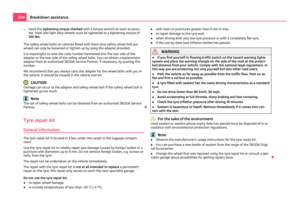 206
206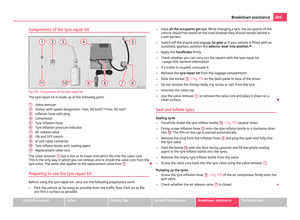 207
207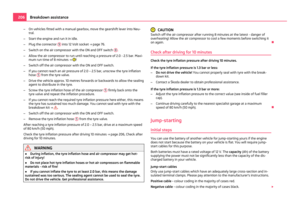 208
208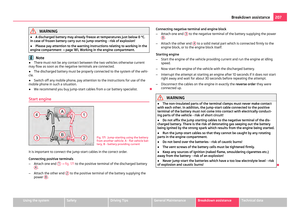 209
209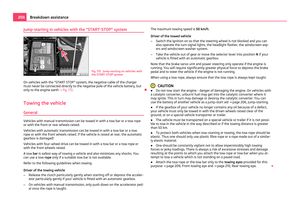 210
210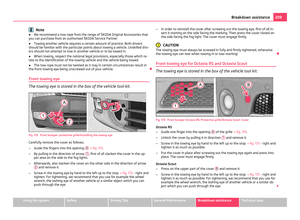 211
211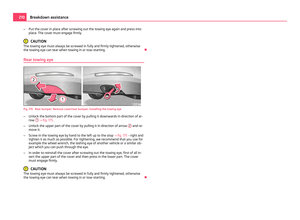 212
212 213
213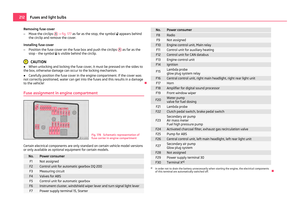 214
214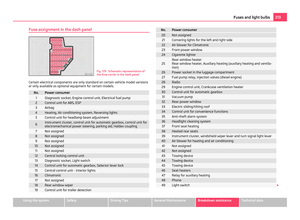 215
215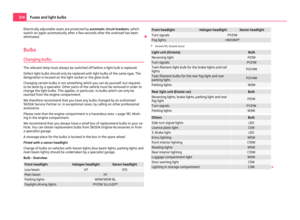 216
216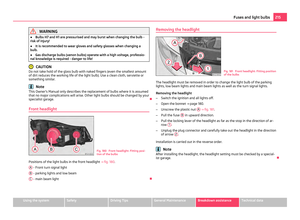 217
217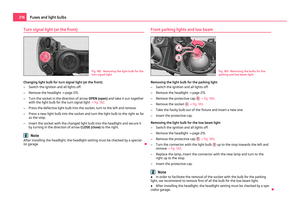 218
218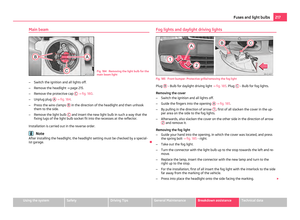 219
219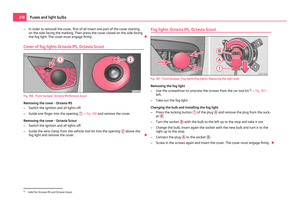 220
220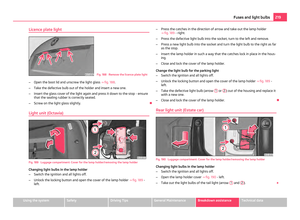 221
221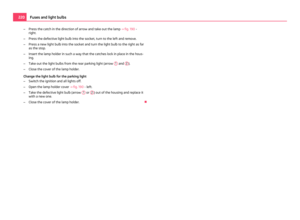 222
222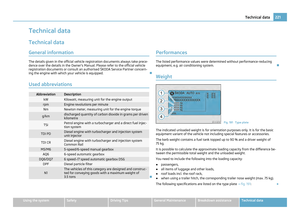 223
223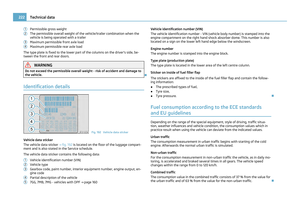 224
224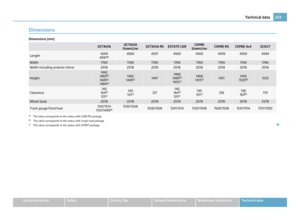 225
225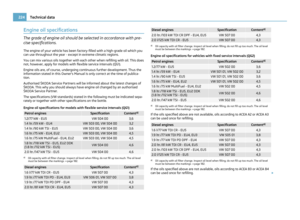 226
226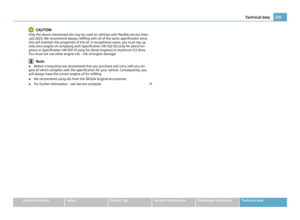 227
227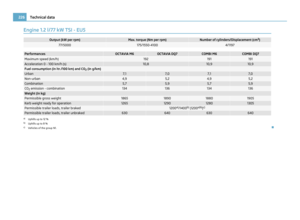 228
228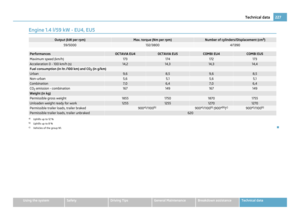 229
229 230
230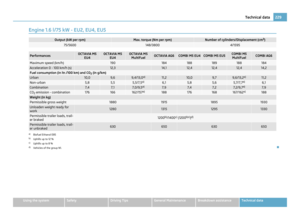 231
231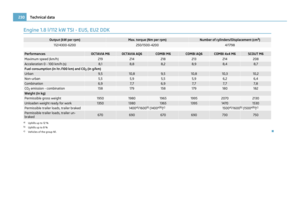 232
232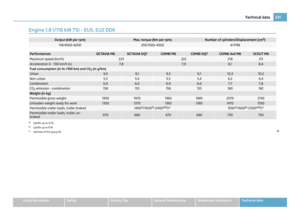 233
233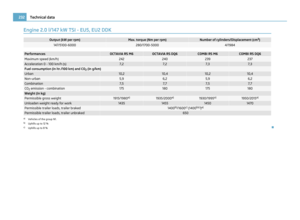 234
234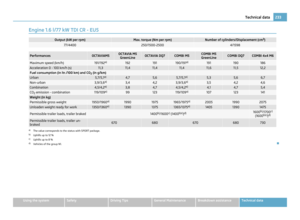 235
235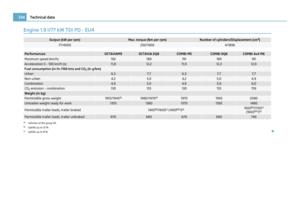 236
236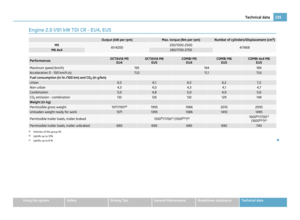 237
237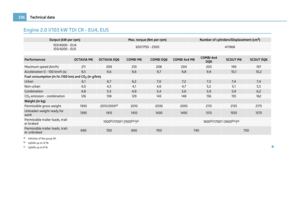 238
238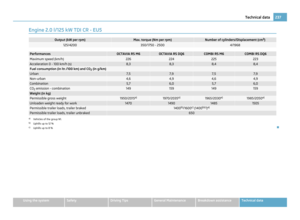 239
239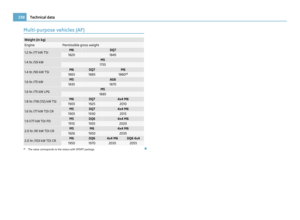 240
240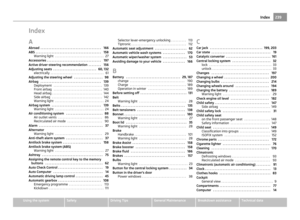 241
241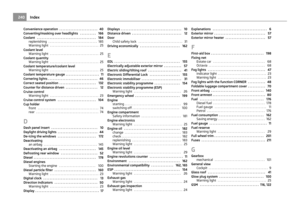 242
242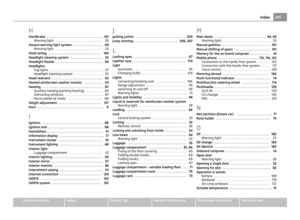 243
243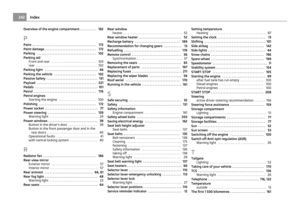 244
244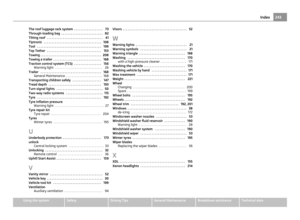 245
245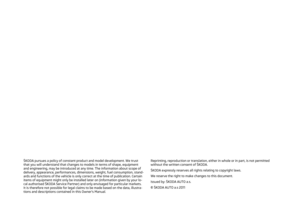 246
246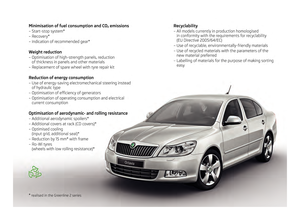 247
247






